
Guide
Flash photography, part 1: Why flash at all?
by David Lee

What is possible with just one portable flash? We open our mouths wide and claim: we can even recreate a celebrity photo by star photographer Marco Grob with exceptional light.
Thomas Kunz is the photographer at Digitec Galaxus AG. Tom loves challenges, as we know from his attempt with the pink children's camera. So we give him a new task. He has to recreate the lighting situation in this photo by star photographer Marco Grob.
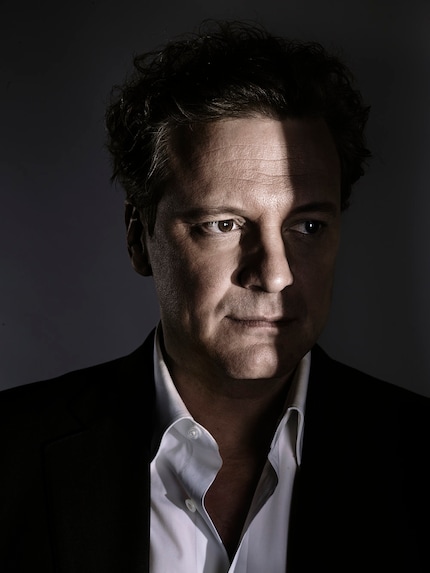
And with just one portable flash unit. No studio flash, no second flash, no auxiliary light. Because we want to show what is possible with just one portable flash.
Before we start shooting, Tom does a quick analysis. He surmises that the lighting is made up of at least two sources, both of which can be seen as points of light in the eye. The larger, rectangular point of light is a softbox. This creates the very weak ambient lighting. The smaller round light is a studio flash with reflector. This has no softbox and produces the hard light in the centre of the picture with the strong shadow lines. The flash can only be seen in one eye, the other is in the shadow.
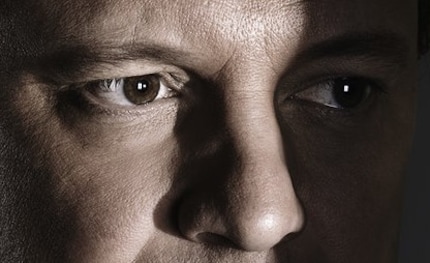
In addition to the eyes, the tip of the nose also reveals a lot about the light. The reflection indicates that the main light source is at roughly the same height as the face.
Looking to our left, the cheek and ear are also dimly lit. This third light source could be a reflector or a flash whose light is channelled with a snoot. That would make a total of three light sources.
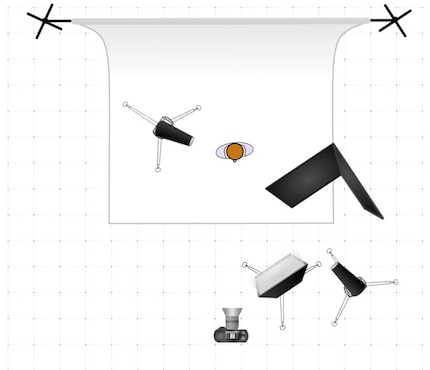
Tom is only allowed to use one light source, however, as these are the conditions in this challenge. Because we want to show that you can do just as well with an ordinary flash unit. Or not. The bar is set high here. The fact that I have to be the model, even though I don't look anything like Colin Firth, is the least of the problems.
The basic idea is simple. The flash should produce a hard light from the front at an angle. A black cover is placed between the flash and my face so that only part of the flash light hits the face. The cover plate creates this hard edge that runs vertically through the face.
The other side, which is also dark, is simply because it is not facing the flash and therefore reflects less.
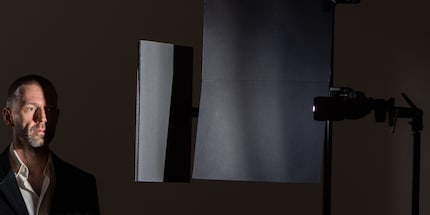
We will refine this later by using a self-made reflector. This can be made of aluminium foil or any other highly reflective material. This here is a piece of coated cardboard.
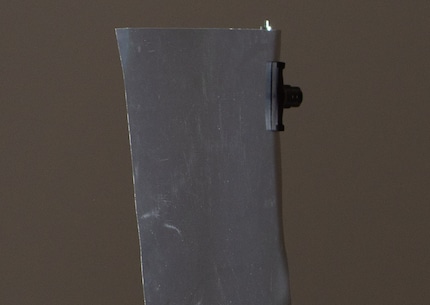
So simple the idea, so difficult its execution. I rarely succeed in placing the shadow line in exactly the right place on the face. If I move my head just a few millimetres, the line is no longer correct. Unlike with a continuous light, Tom only sees the situation when the photo has already been taken. Test flashes without a photo help a little, but not too much.
With our set-up at the start of the session, I have to turn my head more to the side than in the template. As soon as I hold my head at the correct angle, too much of the face is illuminated.
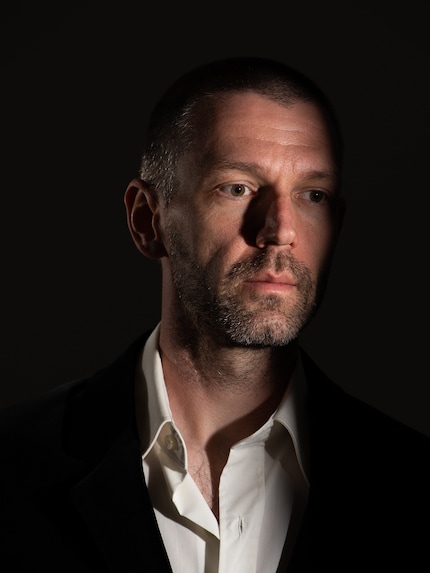
Tom first corrects this by moving the flash more to the side. But then the nose casts too large a shadow. So he moves the flash back more into the centre. But it remains difficult. The alignment is a fiddle that no celebrity in the world would put up with. Marco Grob's photo session with Steve Jobs lasted three minutes and forty-eight seconds. Tom's with me lasted almost two hours
.
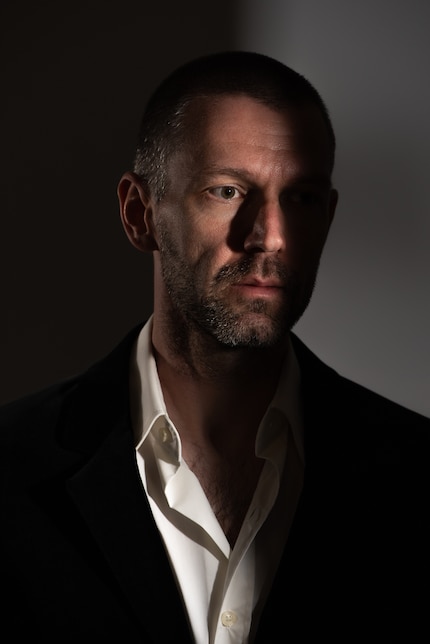
In this attempt, the nose shadow is too dominant. The wrinkle shadows are also far too emphasised for my taste. Tom assures me that I only look this old because of the unfavourable light. Another flaw in this photo: the background is not evenly lit, but Tom was able to fix that during the session.
Placing the shadow is tedious, but it is possible with enough diligence and patience. In other words: this is much more difficult with just a flash than with a comfortable studio setup. But it can be done.
What is virtually impossible, however, is getting the lighting mood right. The naked flash without a softbox creates a light that is extremely harsh. The illuminated areas are too bright, the rest too dark. This creates a mood that is completely different to the original.
During the session, Tom experiments with a homemade softbox for the flash. This consists of a piece of transparent paper that he sticks over the flash. This creates a light that comes closer to the mood in the original - but with this soft light, the striking shadow line on the face is no longer possible.
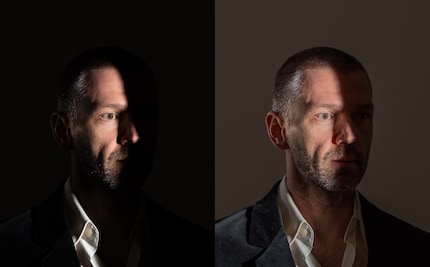
The subsequent brightening in Lightroom creates an unwanted HDR effect. The light looks unnatural, unfriendly.
This is the shot that probably comes closest to the original, in direct comparison with the original.
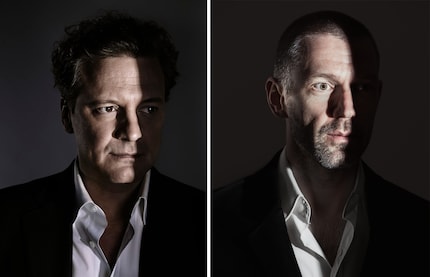
Actually not that bad. And as for the time involved, I have to qualify my statement from above. The actual photo session with Steve Jobs took less than four minutes, but of course the whole thing involves a lot of work. For example, the construction of the entire set-up, for which Grob certainly had assistants. It's also obvious from Colin Firth's picture that a lot of effort went into the make-up and post-production, which is missing in our attempt.
Conclusion: A lot is possible with a single flash, but not everything. This challenge showed us the limits of a single light source. Above all, it doesn't make things easier, but rather more complicated. Multiple light sources cost more and take a little longer to set up at the beginning, but once the setup works, it goes faster and better.
My interest in IT and writing landed me in tech journalism early on (2000). I want to know how we can use technology without being used. Outside of the office, I’m a keen musician who makes up for lacking talent with excessive enthusiasm.
Practical solutions for everyday problems with technology, household hacks and much more.
Show all